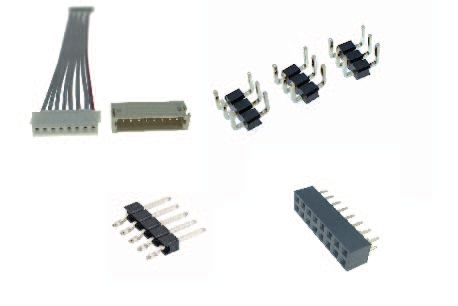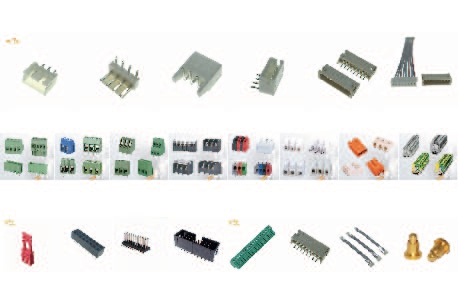Connectors are used to connect sub-sections of a circuit together. When a connector is usually used, it may be necessary to disconnect the sub-section in certain situations, like power input and output. Disconnection and connection from the circuit board. Plug in headphones and more. These are considered connectors. In the entire industry, we all know that connectors are composed of multiple parts. Let's take a look at the unpopular little knowledge you don't know.

Gender-The gender of a connector is whether it is plugged in or be inserted and is usually "male" or "female", respectively (child, please ask your parents for a more comprehensive explanation). Unfortunately, in some cases the connector looks like 'female' but may be called a "male". We will explain some of these reasons later when discussing individual component types, and why this happens.
Polarity-Most connectors can only be connected in one direction. This property is called polar, and connectors with some devices that prevent them from being connected incorrectly are called polarized. Contacts-Contacts are the business part of the connector. They are metal parts that make contact with each other and form an electrical connection. This is also where problems are prone: the contacts may become dirty or oxidized, or the elastic force that holds the contacts together may fade over time.

Pitch-Many connectors consist of an array of contacts in a repeating pattern. The pitch of a connector is the distance from the center of one contact to the center of the next contact. This is important because there are many contact families that look very similar, but may vary in height, so it's difficult to know if you purchased a connector that mates properly. You can avoid these hassles by purchasing connectors with the same pitch.
Life cycle-Connectors have a limited life. Connecting and disconnecting connectors is a process of wearing them. Data tables typically present this information in the form of a life cycle, and vary greatly from one technology to another. USB connectors can have thousands or tens of thousands of cycles of life, while board-to-board connectors designed for use inside consumer electronics can be limited to tens of cycles. It is important to choose a connector that has the right life for the application.

